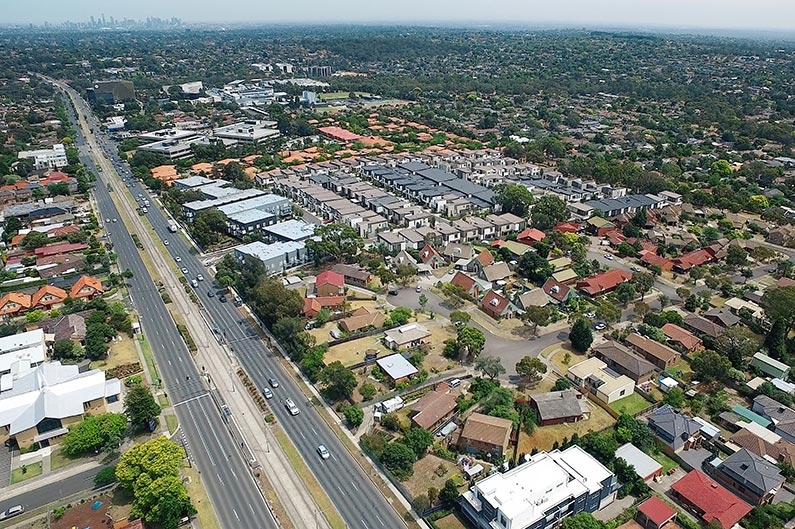What’s The Forecast for the Eastern Suburbs Market?
Foreign investment, which fuelled our inner city apartment high rise boom, is expected to more than halve this year from 40,000 to 15,000 transactions. This may be in response to rising concerns that Melbourne is heading for an oversupply of apartments as well as punitive measures introduced in the 2017 budget.
The eastern suburbs market however, is unlikely to experience these problems. We explore housing price trends, growth suburbs and other real estate forecasts in the area.
Are Units a Good Investment?
Greater Melbourne recorded a 29 per cent increase in completions at the end of 2016, with 18,000 apartments making their debut on the market. Vacancies are likely to rise in Melbourne over 2017 as more and more high-rise apartments are completed. However, Docklands, Southland and other inner city areas are expected to be the epicentre of the apartments oversupply.
This problem is unlikely to affect the Eastern suburbs market as migrant populations look for affordable apartments in areas like Box Hill, Blackburn, Nunawading, Ringwood and Doncaster. Growth figures for units in these areas are currently sitting between 9 and 10 per cent.
Budget Measures
Measures introduced in the 2017 federal budget are also likely to deter foreign investment in property, as the government gives preferential tax treatment to first home buyers, tightens deduction rules around negative gearing and introduces a ‘host tax’.
The latter of these policies imposes an annual charge on residential properties that are unoccupied or available to rent for at least six months in each year to dissuade foreign property investors from leaving them vacant.
What’s Driving Property Price Growth?
At Noel Jones, we believe economic growth, jobs growth and population growth at the local level ultimately has the greatest influence on housing price trends and growth. Investors should keep an eye on local town plans and buy property close to quality services and amenities.






